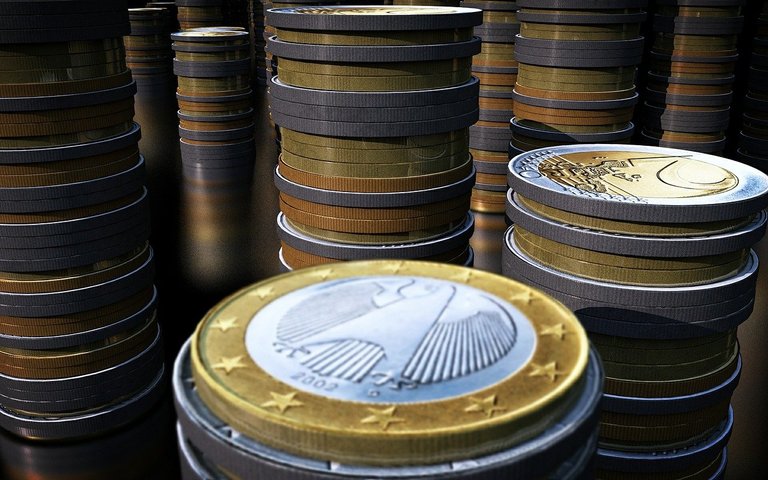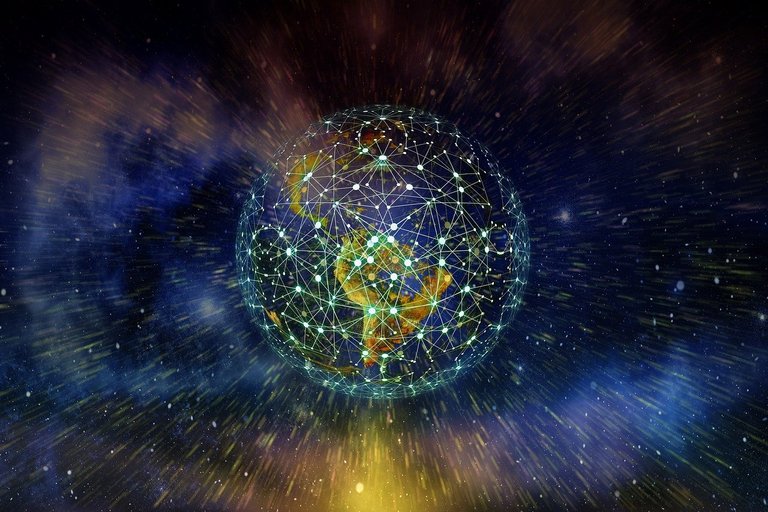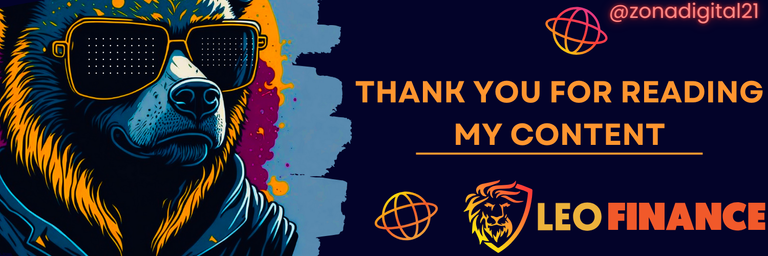Tokenization of traditional assets is making things easier today
**Greetings, Leofinance readers. ** 🦁
On this occasion, I am pleased to talk to you about a fascinating and revolutionary topic in the world of decentralized finance: traditional asset tokenization. Well, things are changing lately and it is no longer as we used to know it, but sometimes many of us don't know what exactly traditional asset tokenization means, why it is relevant and how it is transforming the global financial landscape at the moment, so make yourself comfortable, here I start with the article from today.....

Table of contents in this article:
♦ What is Traditional Asset Tokenization?
♦ Accessibility and Fractionation
♦ Increased Liquidity
♦ Transparency and Efficiency
♦ Global Access
What is Traditional Asset Tokenization?
Surely when you hear the word (Asset Tokenization) you immediately think of NFTs, and this was the way in which this topic became known, or at least that is what I remember.
When I got into all this internet stuff and started hearing about NFTs and how they came to have great value, I did not understand what it was all about, in my mind was the idea of, why do I have to pay thousands of $ for a simple image from the internet, when I can download it without spending a single penny?
But after doing some research I understood that tokenization is the process of representing real world assets, such as real estate, artwork, company shares or even art, and this last I mention is something very popular, as great digital artists have excelled with this tokenization through tokens on a blockchain.
Each token represents a fraction of the ownership or value of the underlying asset. But after reading this crazy explanation, you may be asking why is this so exciting? Well, here are a few key reasons why this topic is so exciting to me.

Accessibility and Fractionation
A powerful aspect of asset tokenization is that it enables the fractionation of expensive assets. Imagine this, for example, you want to invest in a high-value office building in the center of a major city.
Instead of buying the entire building, you can purchase tokens representing a specific part of the property. This makes investing in high-end real estate accessible to a much wider range of investors, I hope this I explain here is easy to understand, and more importantly, that I am explaining it simply myself.
Suppose a luxury skyscraper in Venezuela is tokenized (which would be incredible news). You can buy tokens equivalent to 1% of the ownership of the building. So, you can invest in prime real estate without having to shell out a large sum of money, I think this is a simpler explanation to understand.

Increased Liquidity
Tokenization also increases the liquidity of traditional assets. Instead of waiting years to sell a property or asset, you can sell your tokens on a digital asset exchange platform in a matter of minutes, and this makes things much easier, which is why at the beginning of this article I mentioned that all this has changed things from how things were done before.
If you need immediate liquidity, you can sell your real estate tokens on a token marketplace, instead of waiting for a traditional property sale to close, which was what was done in previous years Isn't this great?

Transparency and Efficiency
Every transaction in a blockchain is transparent and immutably recorded. Just as it happens in our beloved HIVE network, it happens in the different networks and everything that has to do with blockchain.
This means that property records and asset transactions are secure, transparent and efficient, although talking about insurance I do not think it is the most ethical thing to do at this time, but I make this mention anyway, because it is no secret that in the blockchain there are also risks.
In the art market this also applies, and as I mentioned at the beginning, art is also part of all this mess, tokenization can guarantee the authenticity of a masterpiece and track its complete ownership history, which can be a valuable resource for buyers and collectors.

Global Access
The tokenization of traditional assets also democratizes investment, and I think this is one of the fundamental points of all this, because everyone can access this. Anyone with internet access and a cryptocurrency wallet can invest in tokenized assets, regardless of their geographic location, even if some countries are not in favor of this type of activity, you can still do it.
Imagine that a musician in Africa wants to invest in shares of a tech startup in Silicon Valley for example. Thanks to tokenization, he can do it without geographical obstacles, and that's what I love, even if some trading site is not supported in your continent, there are always some solutions called VPN hahahaha.
Personally, I would say that tokenization of traditional assets is an exciting development that is opening up new opportunities in the financial world globally. While in my article I have talked a bit about some key aspects, it is important to keep in mind that this is a constantly evolving field, so with the passing of a few months or even years, we may see greater participation and advantages in all this, as we are in a changing world and this is something that cannot be stopped no matter how much high government officials try.
I say goodbye to all of you with a big greeting from my country Venezuela, and I invite you to leave a comment expressing why you think the tokenization of traditional assets is something so interesting to see today.
Thank you for reading this article to the end and I wish you a happy day.

Follow me on Twitter.
The images used in this article are generated with Leonardo AI (See my complete gallery).
English is not my native language so I have used Hive Translator.
Posted Using LeoFinance Alpha
Yay! 🤗
Your content has been boosted with Ecency Points, by @zonadigital21.
Use Ecency daily to boost your growth on platform!
Support Ecency
Vote for new Proposal
Delegate HP and earn more